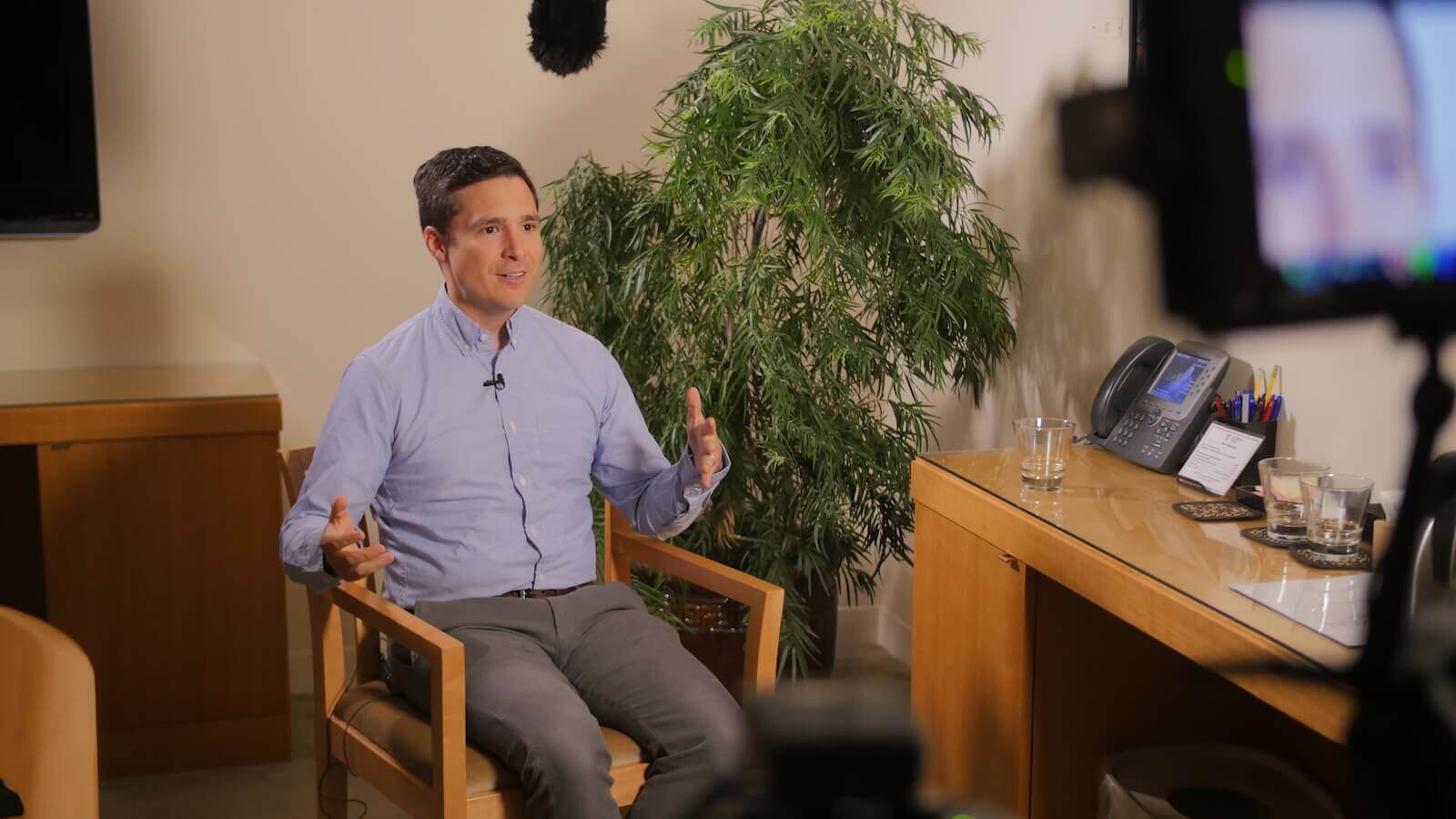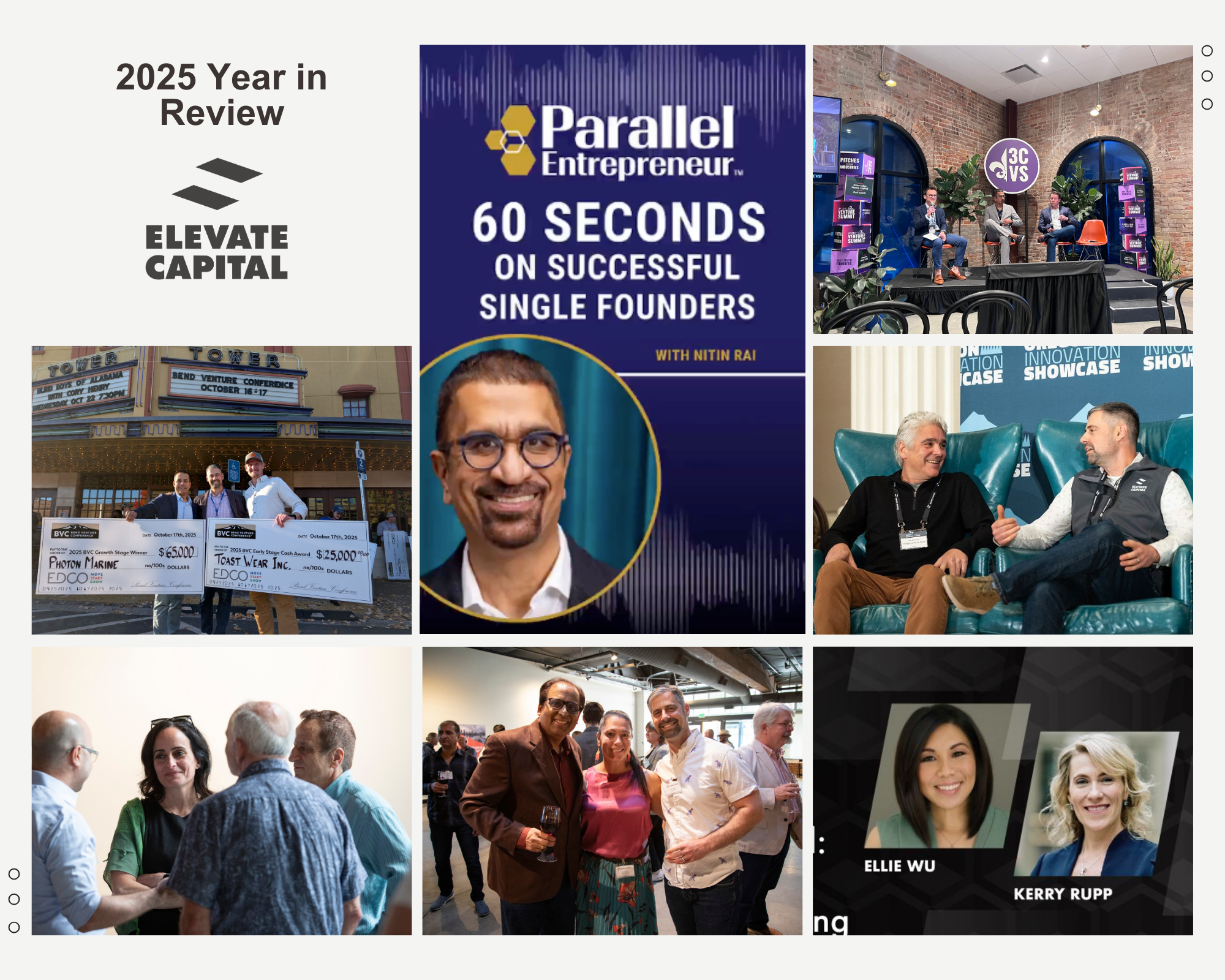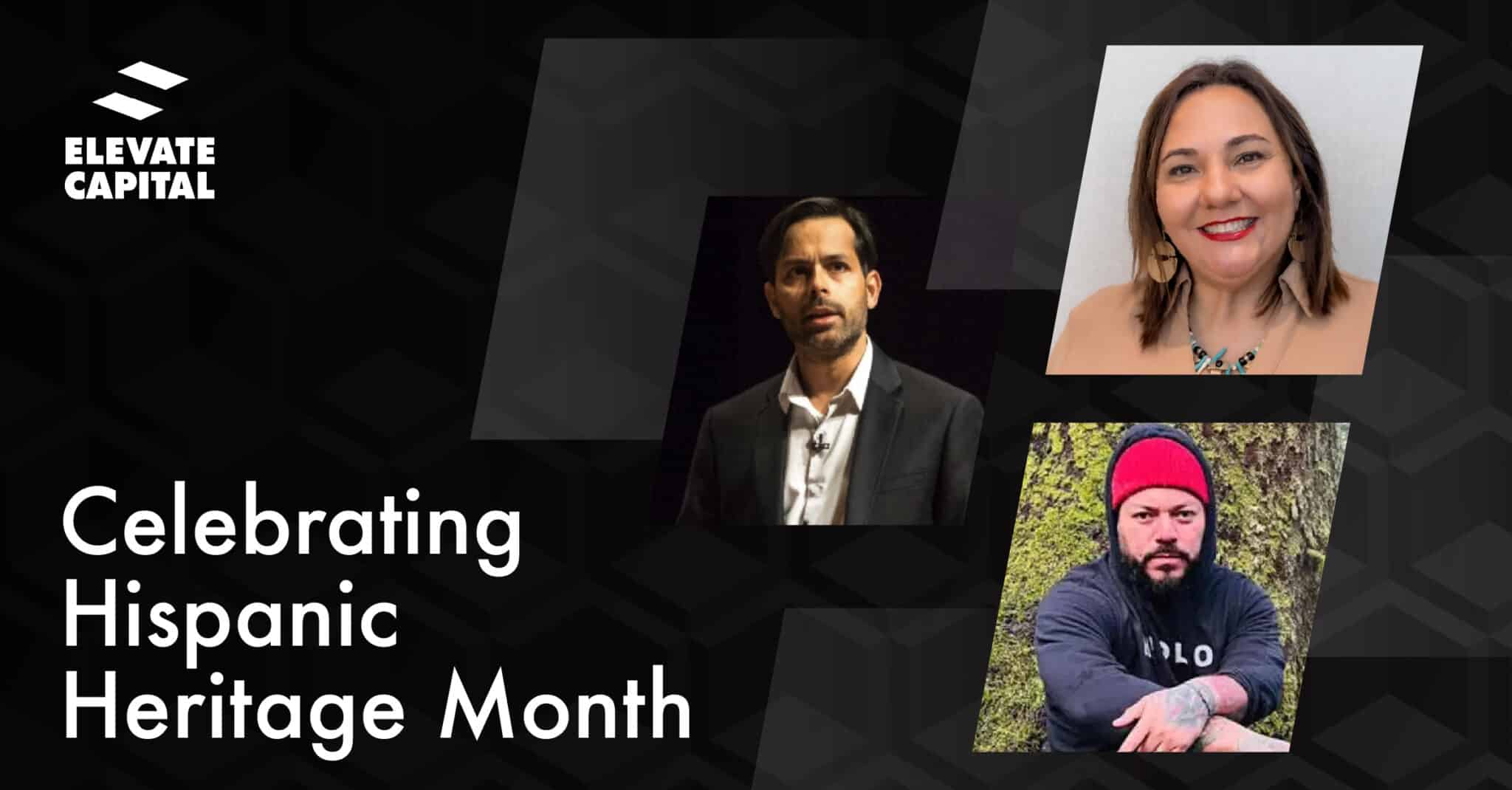What compelled you to start The Wild?
I’ve spent my whole career working in creative teams and spatial computing, building ambitious design projects. I’ve always had an obsession with how we can effectively hone the creative process. A big part of that is honing communication.
The best creativity happens between people. When a really optimized, awesome team comes together, you want to communicate ideas efficiently. Communication needs to happen quickly between team members, but also between clients and project stakeholders.
For many years I was following augmented and virtual reality. I was interested in the space, and I soon realized how this technology could fill a hole in the creative process. How do we not just visualize, but experience an idea together in real-time? At The Wild, we call it “designing at the speed of thought.”
How did your childhood dream turn into this one?
It seems like a lifetime ago now, but for many years I was on track to become an actor. Throughout the time I worked as a professional actor, I was coding. I double-majored in computer science in college, because I was just good at it…and I liked to make things.
I honestly thought theater and performance would be my trajectory. Once I became an actor and experienced that lifestyle, I realized it wasn’t fulfilling a fundamental part of me. Computer science gave me this ability to create something beyond embodying the human experience as we did on stage.
Ultimately I merged my previous paths into my profession at The Wild, which allows me to draw an audience’s attention to a point on a virtual stage and create highly captivating experiences.
Tell us about The Wild.
The Wild is a design collaboration tool for spatial designers, utilizing augmented and virtual reality. Similar to other cloud-based collaboration programs, or Google docs, design teams can store content in the cloud and grant access. For us these are not documents, they are spaces you get into from a virtual reality headset—or an augmented reality device like a tablet or a phone.
Whenever you join into a space, you can see and talk to anyone else. You can bring 3D models into the space that you’ve created elsewhere or downloaded. You can also manipulate the environment with our tools inside The Wild.
It’s like a creative sandbox. You can do whatever you want—build out retail stores or plan entire cities in the physical world. The sky’s the limit in a virtual playground.
During the early stages of The Wild, what was the impossible challenge?
To be honest, The Wild always felt like an impossible idea even though the technology was getting there. Now I truly feel like nothing is impossible. As I say to my kids…don’t get frustrated, get creative.
I once heard that entrepreneurs don’t see walls, they see very steep hills. At The Wild, we’re looking at a very steep hill that we’ve got to climb. But, that’s the reward of it as well. Staring up a hill feels daunting at first. Once you get to the top, there is euphoria and satisfaction that comes from making it there.
Share an “aha” moment from your first year in business.
One in-the-weeds “aha” moment happened when we were working so hard on the product interface. Buttons in virtual reality are a real issue. In the physical world, you push a button and you get this wonderful tactile feedback.
In virtual and augmented reality, a lot of those paradigms aren’t directly translatable. We didn’t like not having that tactile feedback and we ended up changing almost everything in the interface to achieve that interaction.
On the business side, the biggest “aha” moment was really dropping in and seeing that my job was not to make everything happen on my own. My greatest goal is to empower and elevate the people that work with me at The Wild. In figuring out that balance, I’ve begun to understand how to embody other leaders in the company.
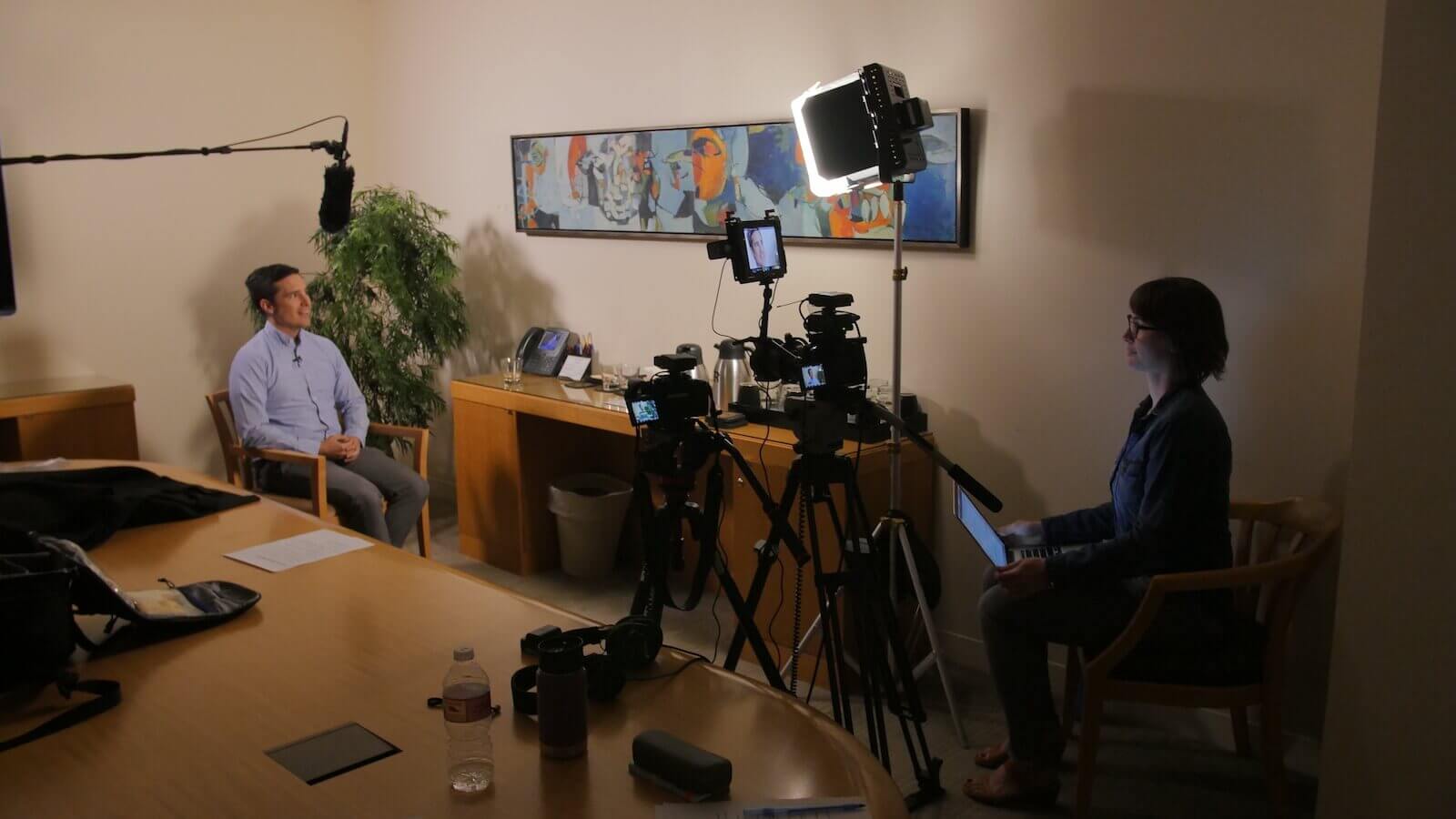
Any rituals that help you stay healthy and productive?
Early on in the process of building The Wild, my daughter did a demo with me and these VR prototypes. In this space, an experience plays out in different areas: on the ocean, up in the clouds, or inside a cabin.
My daughter was really little at the time and the VR headset barely fit her. When she came out after the demo, she was smiling and excited but she didn’t say much. She was quiet all through dinner until she finally said: “Daddy, I really want to go back to that cabin sometime.”
The fact that she remembered “the cabin” as a place was really powerful to me. It showed the experiential nature of our software and the ability to really transport somebody into The Wild.
I have an amazing family—three daughters and a wife. My family has been instrumental in giving me feedback on my work. Work-life balance isn’t really about separating the two. It’s more about finding the right way to ease my work, or even fit my work into the lifestyle I want to have.
What challenges do underserved entrepreneurs need to overcome?
Starting a business is hard no matter who you are. Any entrepreneur has a barrier right in front of them, but underserved populations have a much larger barrier. A lot of times you have a community without the same access to capital. Then, of course, there are all sorts of built-in prejudices in the system that are going to create more barriers.
My advice to anyone starting a business—and especially to an entrepreneur from an underserved population—would be to see those barriers as giant hills and just keep climbing. Don’t take “no” for an answer, and don’t think you’re not good enough or that you can’t do it. Because you are good enough and you can do it, you just have to want it enough.
Describe your venture capital experience with the Elevate team.
I met Nitin right at the end of raising our seed round. He swooped in with a lot of energy. Nitin is the type of person that makes things happen quickly. His enthusiasm immediately sold me. I called around and talked to other founders who had worked with Nitin to get some backstory. I was like: “Who is this guy? Is all of this energy authentic?”
Everyone said “yes” this is really who Nitin is. And that’s the sort of energy that drives Elevate Capital too. It made the choice to have them as a part of our investor community pretty easy.
Now Nitin is on our board and having him there brings a new dynamic. He processes information quickly and provides feedback. Sometimes that feedback is in the form of encouragement or a critique, and sometimes it’s in the form of an introduction.
It’s amazing how an important intro can happen in 10 seconds with Nitin. That’s very helpful to me at this stage, and I’m so glad I made the choice to work with Elevate.
In what ways does Nitin Rai’s mentorship guide your success?
At this point, a huge benefit of working with Nitin has been growing my network. Rapidly connecting entrepreneurs with different strategic individuals is Nitin’s superpower. He sees a need, and he knows people to fill that need.
On the mentorship side, he gives good feedback. He’s also not afraid to admit when he’s wrong or doesn’t have all the answers, which I appreciate. Nitin is decisive, and sometimes you need that as a founder when you’re struggling with subjective decisions. You don’t have to take his advice, but it’s nice to hear someone level with you.
How has networking in Portland helped your business?
I’m a huge fan of Portland…I love this community on many levels professionally and personally. I love New York City too, and I thought I would never leave there. Once I lived here for two years, I knew I couldn’t leave.
The reason for that is largely built around the network here. You have the same opportunity you would have in a larger city. The Wild is a testament to that—I pitched a very scary, ambitious company to local VCs and they didn’t shy away from it. That shows me that Portland is not afraid. Investors aren’t going to cower behind safe investments.
The Portland creative community is amazing as well. All these artists from different professions live here, and they will make your product look and feel incredible. I love it here, and I will cheerlead Portland to the end.
What advice would you give to an aspiring entrepreneur in an elevator?
Understand that balance is very hard to achieve. Have a good work culture, where it feels good to be there, but also know that everything isn’t going to be great all the time.
Have enough confidence, and fake confidence the rest of the time. Don’t quit or cower, so you inspire your team. You don’t need to know all the answers and you can seek help when you need it. Be humble, but strongly believe that you can do this.
